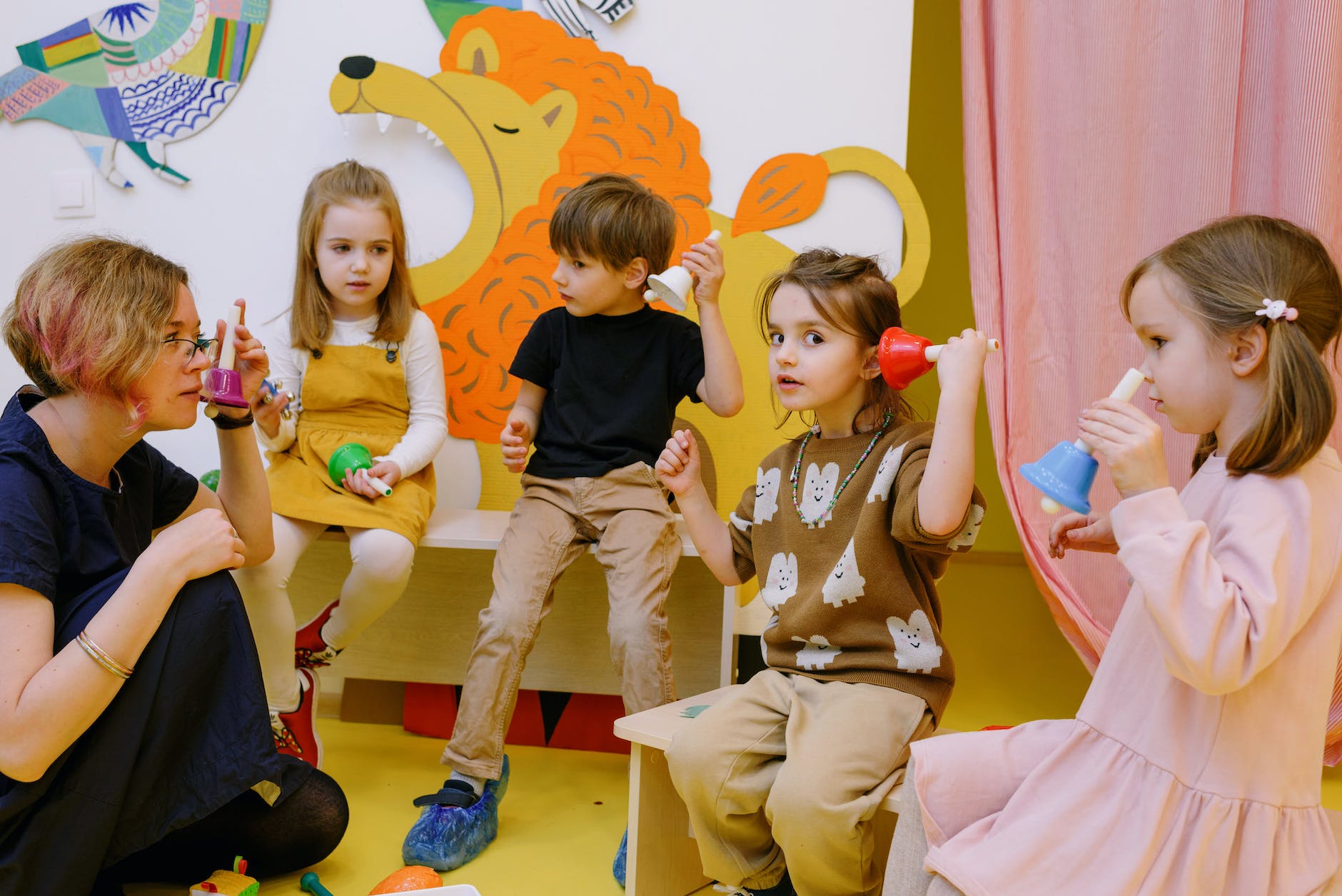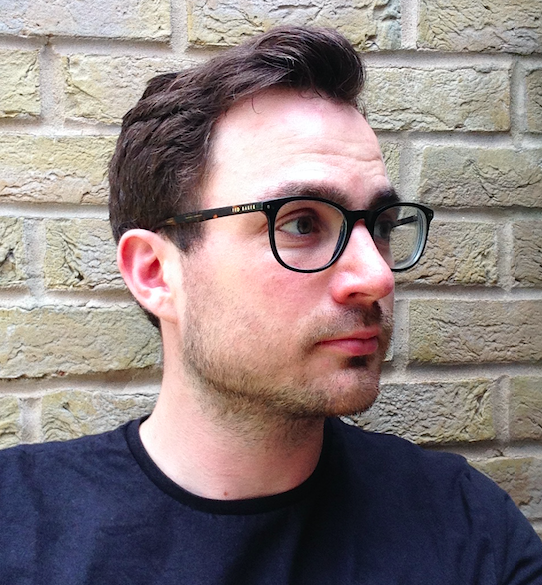Introduction
At the end of the panel discussion organised by the YLTSIG in January this year, Vinnie Nobre asked us if we thought initial TEFL qualifications like the Cambridge CELTA and Trinity College London CertTESOL were fit for teachers working in the YL world.
My short answer was, “not quite”. However, I am optimistic that these TEFL-i qualifications can be of great benefit to future and current YL teachers, as long as trainers and training centres are willing to make small changes to their courses.
In this post, I will suggest some easy to implement ideas that are designed to have minimum impact on the workload of both trainers and course participants (many of whom are under a lot of pressure to complete courses within intensive, four-week courses) but that would introduce key concepts that teachers who enter the YL classroom will find useful.
Keep the YL sessions up-to-date
Most CELTA and CertTESOL courses will have at least one input session dedicated to teaching young learners and teenagers. However, these can sometimes be delivered by trainers who have little YL classroom experience, or who haven’t taught YLs for a long time.
To make this session more valuable and up-to-date, why not invite an in-house expert to deliver this session. Training centres often have teachers with recent YL experience, some of whom may even have an internationally recognised YL certificate such as the Trinity College London TYLEC. By inviting them to deliver the YL session, we can ensure real classroom experience, resources and applicable pedagogy is explored with the course participants in this session.
In addition, the teacher delivering the session gets centre recognition of their teaching expertise and a valuable first step into the world of teacher training (which can be hard to find).
Integrate YL concepts into more input sessions

As well as delivering a YL-specific input session, I believe there is space to include further YL-related discussions throughout the course. Some examples include:
- When discussing classroom layouts, course participants can consider which would be best suited for YLs, and what other features (furniture, posters, equipment) a good YL classroom might have.
- Input on frameworks for developing language (e.g. PPP, CAP, TBL) could include discussion on why an approach might not be suitable for YLs, and what other ways this language can be introduced, explored and practised in the YL classroom.
- Sessions on international examinations are the perfect opportunity to include information on YL exams (e.g. Pearson Benchmark YL or Trinity GESE).
- A session on further teacher development should mention both YL special interest groups, like the YLTSIG, and further international qualifications with a YL focus like the Trinity College London Teaching Young Learners Extension Certificate (TYLEC).
As a step towards this, I have put together some free, open-access TEFL-i YL related resources that training centres can include in their input sessions. I welcome both comments and additions to this from other centres and trainers.
Use course participants’ experience
I would also like to note that, on courses where some course participants already have YL classroom experience, TEFL-i trainers can use this to their advantage throughout the course by asking them to discuss questions with their peers such as:
- Which of these techniques have worked in your YL classroom?
- How would you adapt this activity for your context?
This creates a more collegial atmosphere in the training room (i.e. recognising previous experience) among the trainers and course participants, and also helps highlight the role peers can play in continuing professional development.
Observe YL classes
In order for course participants to observe a live YL class, training centres would need to:
- have suitable classes for course participants to observe;
- get written consent from all the learners’ parents; and
- conduct background checks on all course participants.
This, of course, is not possible for most training centres.

However, both the CELTA and CertTESOL syllabus handbooks explicitly state that at least some of the guided observation can be of pre-recorded lessons. As such, once we have sourced a suitable recorded YL lesson, we can invite course participants to observe this, completing observation tasks and post-observation discussions as usual.
If this is done in the latter half of the course, course participants can focus on what differences they note between this and adult ESL classes. This would also feed nicely into the session on teaching YLs.
Explain why this is important
There will always be some course participants who don’t plan to teach YLs, after all, there is still some belief that the ‘A’ in CELTA stands for ‘Adults’ (something Cambridge dropped back in 2011).
However, YL classes represent a huge proportion of all classes in the ESL industry, which means the vast majority of teachers do, at some stage in their career, end up in the YL classroom (sometimes even just covering a class). If these teachers have never considered the key differences between adult and YL contexts, nor been introduced to approaches, resources and behaviours suitable for a YL context, then these classes are going to be more difficult than they ought to be.
It is vital, then, that participants on TEFL-i qualification courses are made aware that many of them will eventually teach YLs and that the training course is designed to explore both the adult and YL classroom for this reason. This should start from the first pre-course interview stages, when training centres explain the course dates, length, content and purpose.
Conclusion
The ideas above are just a few that my colleagues on the Wimbledon School of English training team believe will make a positive impact on their CertTESOL course. Experimentation with these time-efficient, simple-to-implement ideas will continue to make sure the TEFL-i course is seen as fit for purpose in preparing course participants for the realities of the contemporary ESL classroom.
I encourage other training centres that deliver TEFL-i courses to experiment with these (and other) ideas, and look forward to seeing much more discussion and debate on this topic in future.


